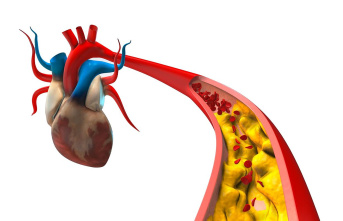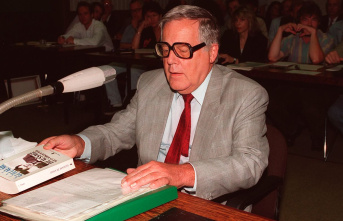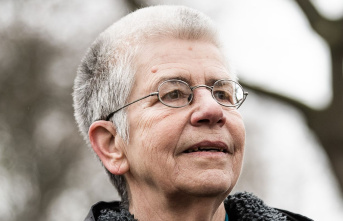The Costa da Morte brings back from the Middle Ages the werewolf most feared by pilgrims, and it does so with a festival in his honor. The Vákner, which is the name of the mythological being, will have its own musical event hosted by internationally renowned groups such as Luar na Lubre. This intriguing beast that is trying to be recovered lived in the Dumbría mountains that separate the Xallas plateau and Fisterra, in the middle of the Jacobean Way between Santiago and this place known as the end of the world. The legend of this being occurs just one year after the discovery of America, in 1493, and is carried out by a bishop from Arzendján, Armenia (now Turkey), who continued the ancestral route from the city of the cathedral to Fisterra.
The clergyman, named Martyr, assured in his testimony that he had encountered the beast during the tortuous path he took, and narrated it in his travel notebook as follows: "We found the Vákner, a large and very harmful wild animal." And his adventures caused great astonishment among the population: «How, they told me, have you been able to save yourselves, when companies of twenty people cannot pass?», he wrote, adding that after that he was treated «with the greatest consideration» and that he was taken "From house to house in admiration that he had escaped from the Vákner."
The great doubt that arises when reading this testimony is the physical aspect of the creature. How scary would it be to be able to with 20 men? The truth is that there are several studies that have tried to clarify this mystery and that were shared in a symposium held in 2019, where the possibility that the Vákner was a large bear or even a dragon was discussed, although it was decided finally by lycanthropy. Despite the fact that werewolves are a relatively frequent element in Galician and Celtic mythology, the truth is that the etymology of the word Vákner has little to do with these cultures. Researchers Alonso Montero and Luis Monteagudo found in the old Pokorny dictionary that "vargr" means "wolf" in Old Norse, and "vakker" is "alert" in Danish, which would reinforce the main hypothesis. In this way, he would join the famous Galician 'wolves' such as Manuel Blanco Romasanta, the Allariz werewolf, author of thirteen murders whose case is documented as clinical lycanthropy.
The possibility that it is a dragon is raised by a study by María Aurora Lestón Mayo, which relates the medieval creature to the 'fáfner' typical of Norse mythology. She is based on the fact that dragons are a recurring mythological being in Jacobean legends, and that Mount Pindo could be an ideal place to locate their lair, since it is very close to the Camino de Fisterra. Although it is a theory that has been considered, the official one is decided by the werewolf.
Unfortunately, it is difficult to know more about this interesting figure since the only known sighting is the one referred to in the small text of the Armenian pilgrim's travelogue. Bieito Romero, a great connoisseur of the legend and a member of Luar na Lubre, regrets that the story is not widespread in Galicia because "it is not one of the most popular on the Camino de Santiago", but defends that "when you leave here and tell this people are very amazed, and even more so when you say that it is a true story, that it is collected. The problem is that we don't take advantage of this kind of thing." Romero and his companions, who headline the Vákner Festival, have dedicated the first song of their latest album Vieiros e Vieiras to this figure, which deals with the Camino de Santiago
Not much information about its origin is known, but the date of its resurrection is. The Vákner will come back to life with the first edition of the music festival that bears his name on May 28. Festival goers will be the first to be able to approach the beast without danger of being attacked, admiring the 5-meter-high sculpture made by the artist Cándido Pazos that will be unveiled that same day. The event, which seeks to revalue this character and make him known in the world to attract the curious to take an interest in Galician culture and mythology, will feature performances by Luar na Lubre, Ismael Serrano and Víctor Manuel, among others.
The mayor of Dumbría, who is also responsible for the Vákner project, José Manuel Pequeno, wanted to thank the support of the Provincial Council of La Coruña and the mayors of the Costa da Morte during the presentation of the event, emphasizing that this festival "will not be only music, it will also be art, history, tourism, economy and theater. We are starting something that can come to stay. The organization thus hopes that this will be the first of many editions, that it will consolidate itself as one of the great cultural gatherings in Galicia and that, hopefully, one day it will also become a legend.
2












